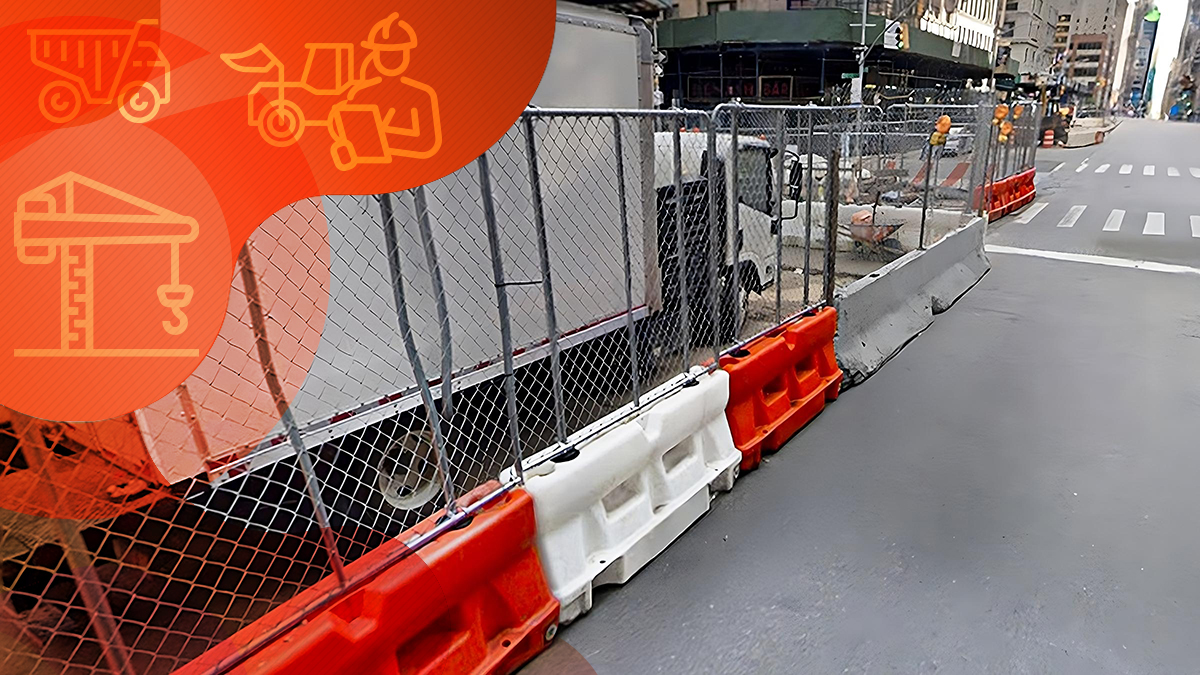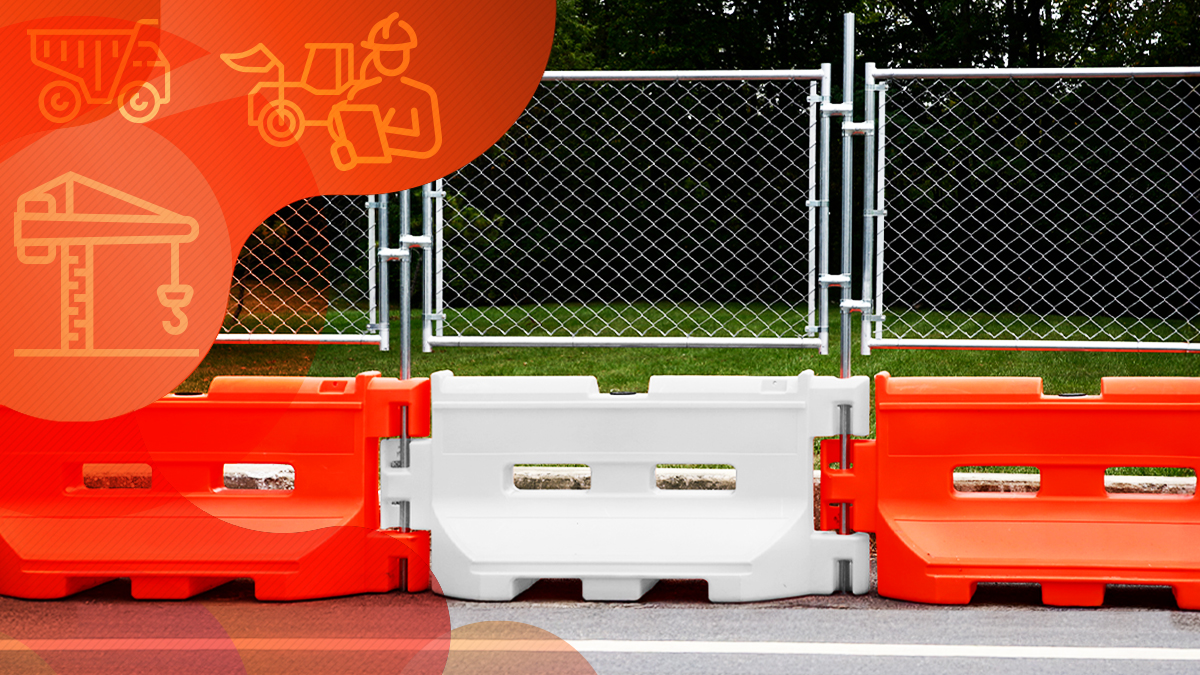What Information Should Be in an Incident Report?
Learn what information to document in an incident log to improve safety on construction sites. Understand the essentials of incident reporting and its role in risk management. Read more!

Incident reporting should be part of a construction company's risk management program. Because construction ranks as one of the top hazardous industries, companies need to track incidents resulting in injuries to protect themselves from litigation and proactively address areas of concern.
What is an Incident Report?
The Occupational Safety and Health Administration (OSHA) defines an incident as an unplanned or unexpected occurrence that negatively impacts people or property.
An accident is an unforeseen event that results in serious consequences to people or property. Incidents are unexpected but preventable actions that result in injuries. By documenting incidents, companies can gain valuable insights into their safety practices.
OSHA-approved templates can be found on their website to help log and report work-related incidents. Companies can also create their own forms as long as they contain the required information, such as the following:
- Names and titles of individuals involved
- Names of witnesses
- Location or address of incident
- Time and date of the incident
- Detailed description of what happened
- Description of injuries and actions taken
- Signature of the person submitting the report
- Include photographs or diagrams to help others visualize the incident
What is the Purpose of Documenting an Incident?
Incident reports record what happened, why it happened, what actions were taken, and what remedies will be applied to mitigate the risk of a repeat occurrence.
Construction companies should use these reports as part of their risk management programs. From the collected data, they can make corrective changes to reduce the chance of a repeat incident.


What Information Should be Documented in an Incident Log?
Each physical work location should maintain a log of work-related injuries or illnesses. At the end of each year, the details should be transferred to a summary sheet that is available to all employees. For each log entry, an incident report should be prepared.
An incident log entry should include the following, as shown on OSHA Form 300:
- Incident Case Number
- Employee Name
- Employee Title
- Time and Date of Injury
- Physical location of the incident
- Brief description of injury or illness
The form has three added columns that must be completed by checking one of the available options.
How to Write an Incident Report?
An incident report should begin with a summary of what is contained in the report; however, it should be written after the report is complete, so it is an accurate reflection of the contents. Use the following steps as a guide to write an incident report.
Step 1: Collect Pertinent Information
If you are responsible for writing an incident report, gather the who, what, when, where and how of the incident.
Be sure to record the information so it is available when you write the report. The following are examples of the questions to ask.
- Was anyone injured? If so, was it fatal or non-fatal?
- Was there any property damage?
- When did the incident occur?
- Where did the incident happen?
- What task was being done when the incident occurred?
- What were the environmental conditions?
For example, suppose a supervisor trips over a sandbag as he does a site walk-through, injuring his left leg. No property was damaged, although he received a laceration that required stitches. He was transported to the emergency room for medical attention.
With a general idea of what transpired, you're ready to collect more detailed information.
Step 2: Note Any Damages and Injuries
Sandbags used to stabilize perimeter fencing became dislodged vey easily and result in serious injuries.
Suppose the construction supervisor moved around the perimeter, he tripped over the sandbag and landed on his left side after sliding across a metal container. The metal container had sharp edges, resulting in a deep cut to the left calf.
Taking photographs of the injury and its location can help visualize the site conditions at the time of the incident.
In this example, it's important to highlight the container's rusted condition to justify a tetanus vaccination. No property was damaged.


Step 3: Identify Individuals Involved
Collect identifying information for any personnel who were involved or witnessed the incident. The information should include their name, their job title or responsibilities, and normal work hours.
They should provide a contact method in case you need further information.
Step 4: Take Witness Statements
Witness statements are a valuable part of understanding what happened. For example, did anyone see what the injured party was doing just before tripping? Were there any signs warning of possible hazards?
Witnesses may write out their statements or have you paraphrase them. However, witnesses must sign their statements to verify their accuracy. You, as the designated reporter, should also sign the document.
Step 5: Outline Immediate Responses
Some injuries are minor and may only require a little antiseptic and a bandage. However, more serious injuries require medical attention.
After the supervisor fell, was he able to get up and walk? If not, who assisted him? Was any first aid performed? Was an ambulance called? Was he taken to the emergency room by another employee?
At some point, you will need basic information as to the medical treatment he received and an official injury diagnosis. What is available will depend on the applicable HIPPA regulations on patient privacy.
Step 6: Take Remedial Action
Remedial actions are typically management-mandated changes that prevent repeated incidents.
In the tripping incident, site personnel may be instructed to find alternatives to sandbags for securing temporary fencing, such as the Anchor Bases. Objects found during construction, such as the old, rusted container, should be removed from the site immediately to minimize potential tripping risks.
Step 7: Close the Report
A draft of the report should be sent to management for review and sign-off. Once the necessary signatures are received, the report may be filed.
Incident Reporting
Because incident reporting is a time-consuming process, many companies do not report minor infractions. Rather than ignore the reporting requirements, consider ways to mitigate the risk.
For example, using SONCO's temporary fencing and Anchor Bases eliminates the need for sandbags. The recyclable weights and blocks have a low profile and high-visibility markings to minimize tripping.
To learn more about risk management at construction sites, continue reading our article on quality control.
Trend now

Choosing Between Concrete or Plastic Jersey Barriers
Not all barriers are built the same. Here’s what to know before choosing between plastic and concrete.

Advantages of Water Barriers with Fence Toppers
Learn how a fence topper transforms water barriers into a more secure, private, and effective work site solution.

How to Prevent a Water-Filled Barricade from Cracking When Freezing
Learn how to keep your water-filled barricades functional in freezing temperatures with practical, chemical-free solutions.

